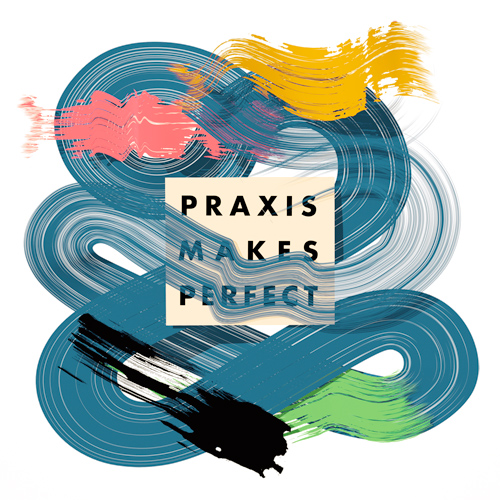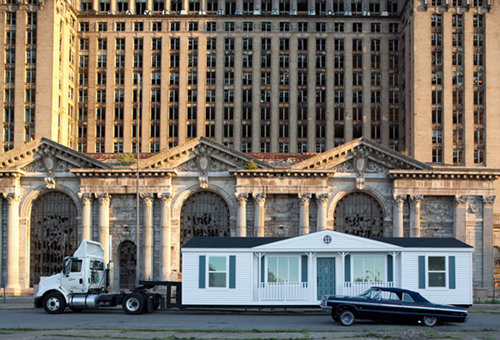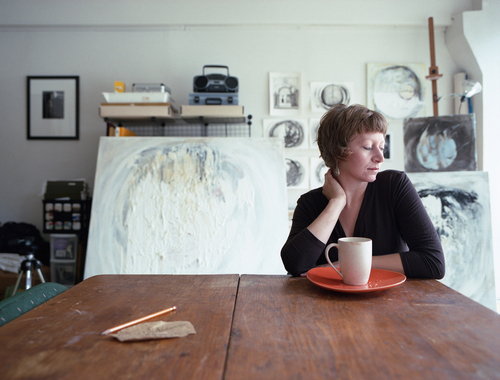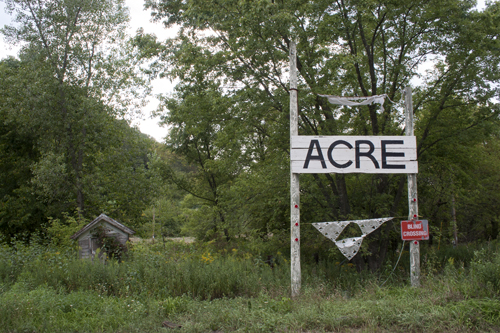There’s no place like home. The old adage rings true, but its simplicity is deceiving. Each of us has a complex and storied relationship with our place(s) of origin; for me, it is those places that quietly call me out while also calling me back time and again. Beyond the formative years of my youth, this extends to those places I’ve chosen to call home since. During a recent trip back to the Pacific Northwest, I experienced these notions at work on both levels. In an insightful essay exploring the very idea of home, the art critic John Berger described its historical roots as the place from which the world could be founded. It was, as he said, “at the heart of the real.” Considering this idea in relation to my own mobility and the ambulatory pursuits of many artists engaged in contemporary practice, I return to the evolving idea of home and the role it now plays in our lives.
Earlier this month, I returned to my hometown of Yakima – an agriculturally-minded town on the east side of the Cascade Mountains boasting apples, hops and fine wine. Fondly mocked for introducing itself as The Palm Springs of Washington by way of highway billboard, Yakima is only two hours from Seattle. Yet, it is also a world away. Time slows, and the summer twilight hours suspend in its hot, dry air. Pretension falls away and priorities shift, if just for enough time to breathe and remember that of which we came, spending precious time with family. Berger describes the axis of home as the place where the vertical line of a path leading upwards to the sky and downwards to the underworld intersects with a horizontal line representing the traffic of the world, including all possible roads leading to other places. This axis is a starting point as well as our point of reference, often underestimated but vital amidst many such roads.
This idea reminds me of Mobile Homestead, a multi-faceted art project by the late Mike Kelley which revolves around a full-size replica of the artist’s childhood home from the suburban town of Westland, Michigan. The structure, a 1950s single-story ranch style house, was literally toured through the streets of Detroit and will be relocated to the center of the city in a reversal of the “white flight” migration to the suburbs which accelerated after the riots of 1967. This project, the first commission by Artangel in the United States, is being carried out in collaboration with the trustees of the Mike Kelley estate and is scheduled to open in 2013 as a functioning community space near the Museum of Contemporary Art Detroit.
In his case, Kelley carried the literal form of his home as part of a symbolic act deeply rooted in the historical fabric of both his life and his hometown. I am interested in similar themes, perhaps with a more ontological approach as I also consider other places I’ve come to claim as my own. It is a distillation process, one in which we extract (and hopefully retain) the vital lessons and relationships from each place that play a formative part of our lives and careers. Before graduate school, I’d lived in Seattle for a number of years and built relationships with a supportive and inspiring community of makers. In terms of my life as an artist, I considered this to be my first real home. In that time, everything that made sense of the world was there.
During my recent trip north, I also squeezed in a too-short trip to Seattle to reconnect with some old friends. When going to meet a friend for coffee, I stumbled upon an exhibition of very familiar portraits by an old friend. For his thesis work at the Photographic Center Northwest, Chris Williams created a series of intimate portraits of his close friends and acquaintances as they transitioned from post-adolescence into early maturity. As Chris stated, he was trying to “freeze us all now, to remember, to hold white-knuckle tight onto this moment.” As I stared at these beautiful fragments of a time past, the portraits assumed a depth which could now be fully realized.
After pushing on to pursue graduate school and other opportunities, it’s true that I miss all of these places for various reasons. Yet, making the move to LA earlier this year was an important step in continuing the process of distillation. Returning to John Berger’s discussion of home, I keep in mind his focus on traditional societies. In such societies, “everything that made sense of the world was real; the surrounding chaos existed and was threatening, but it was threatening because it was unreal. Without a home at the center of the real, one was not only shelterless, but also lost in nonbeing, in unreality. Without a home everything was fragmentation.” Thankfully, I also keep in mind the fact that we now live in very different times.
In our globalized and increasingly mobile society, the surrounding chaos has been largely demystified. There are more opportunities available to us, which can be overwhelming, but we also have expanding modes of networking and social media which enable us to further refine our choices. In doing so, it’s easier to connect, network, and build. A perfect example of this is ACRE, the residency program I began this week. ACRE (Artists’ Cooperative Residency and Exhibitions) is a volunteer-run non-profit based out of Chicago, devoted to employing various systems of support for emerging artists and to creating a generative community of cultural producers. ACRE investigates and institutes models designed to help artists develop, present, and discuss their practices by providing forums for idea exchange, interdisciplinary collaboration, and experimental projects.
The residency site is located in Stueben, Wisconsin, about four hours east of Chicago. It is also a world away, tucked amidst green rolling hills and a network of buildings created largely from salvaged materials brought in from the city. Much of the conversation in these first hours has revolved around where we’re from, where we’re based, and how we came to discover this gem of a place. With over 30 artists involved in a dizzying sea of conversations and ideas floating about the grounds, it feels unreal–in the best way possible.
It feels like home to me.








